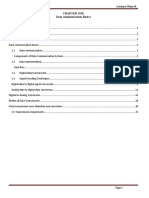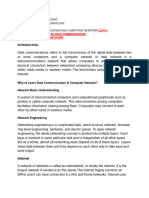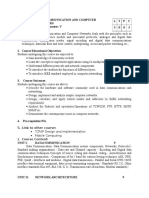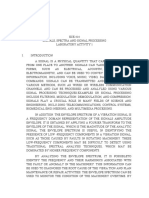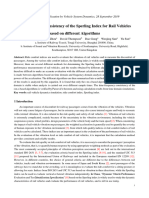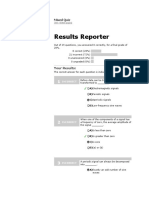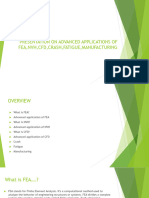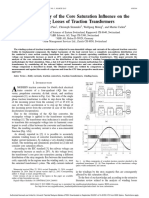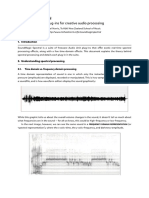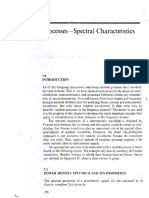0% found this document useful (0 votes)
20 views12 pagesAditya Assignment
The document discusses various aspects of data communication, including its definition, characteristics, and types of signals. It explains data representation, detailing how different types of data (numbers, text, images, audio, and video) are stored and processed in computers. Additionally, it covers transmission modes such as simplex, half-duplex, and full-duplex, highlighting their differences and applications.
Uploaded by
adityamau968Copyright
© © All Rights Reserved
We take content rights seriously. If you suspect this is your content, claim it here.
Available Formats
Download as PDF, TXT or read online on Scribd
0% found this document useful (0 votes)
20 views12 pagesAditya Assignment
The document discusses various aspects of data communication, including its definition, characteristics, and types of signals. It explains data representation, detailing how different types of data (numbers, text, images, audio, and video) are stored and processed in computers. Additionally, it covers transmission modes such as simplex, half-duplex, and full-duplex, highlighting their differences and applications.
Uploaded by
adityamau968Copyright
© © All Rights Reserved
We take content rights seriously. If you suspect this is your content, claim it here.
Available Formats
Download as PDF, TXT or read online on Scribd
/ 12






































